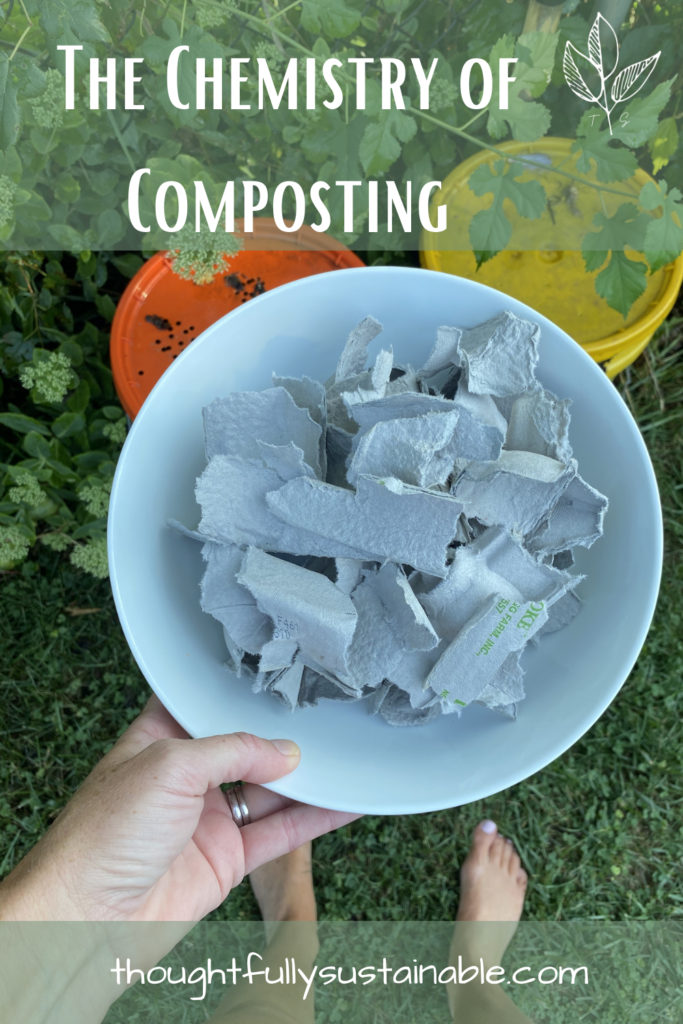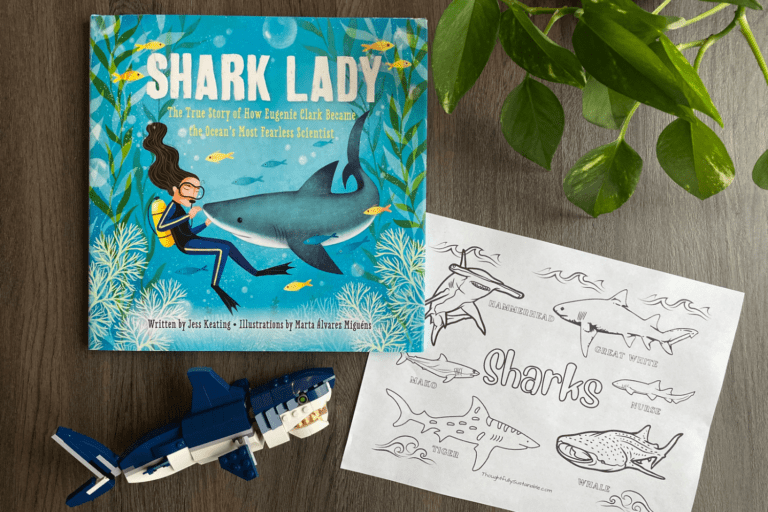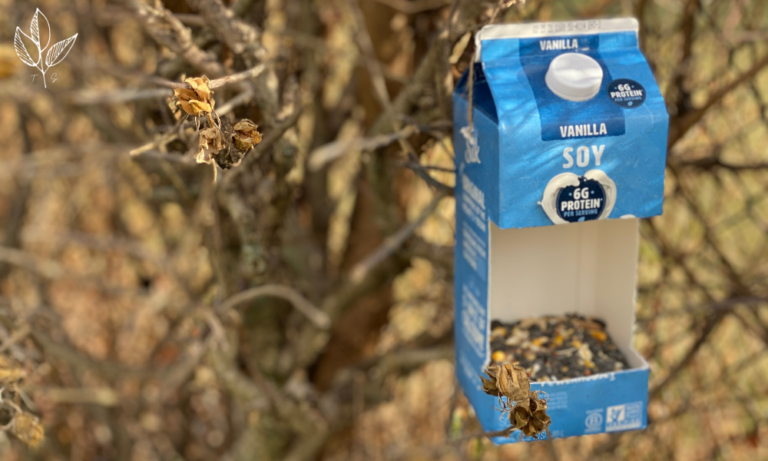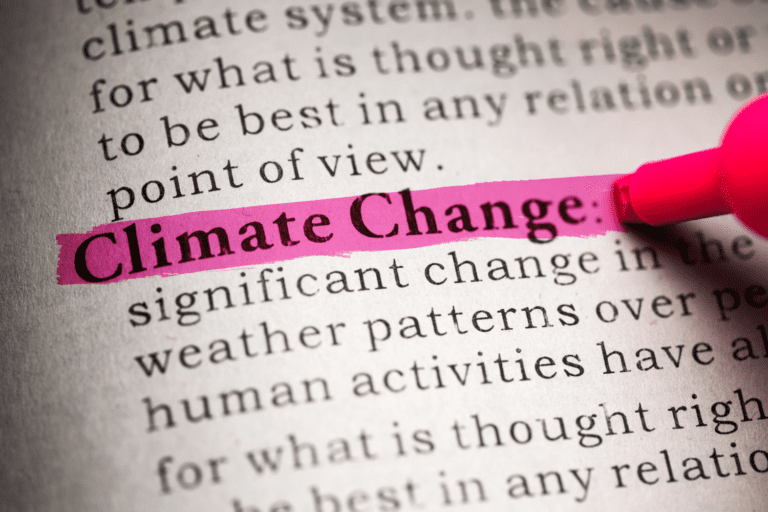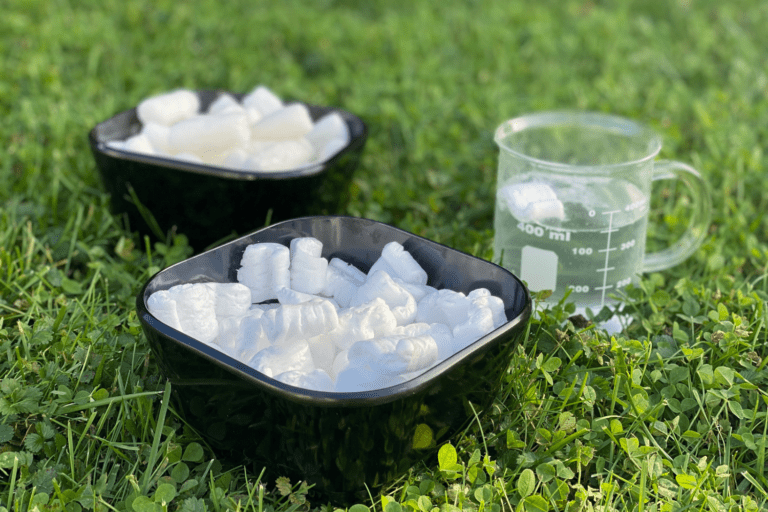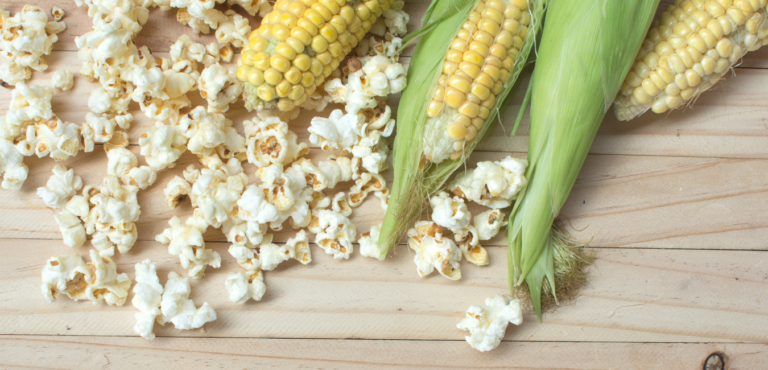How to Explain the Chemistry of Composting to Kids
You’ve probably heard of composting. You may have a friend that composts or live in an area that has a community composting program. Discover how to explain the chemistry of composting to kids with a free, printable activity in English and Spanish!
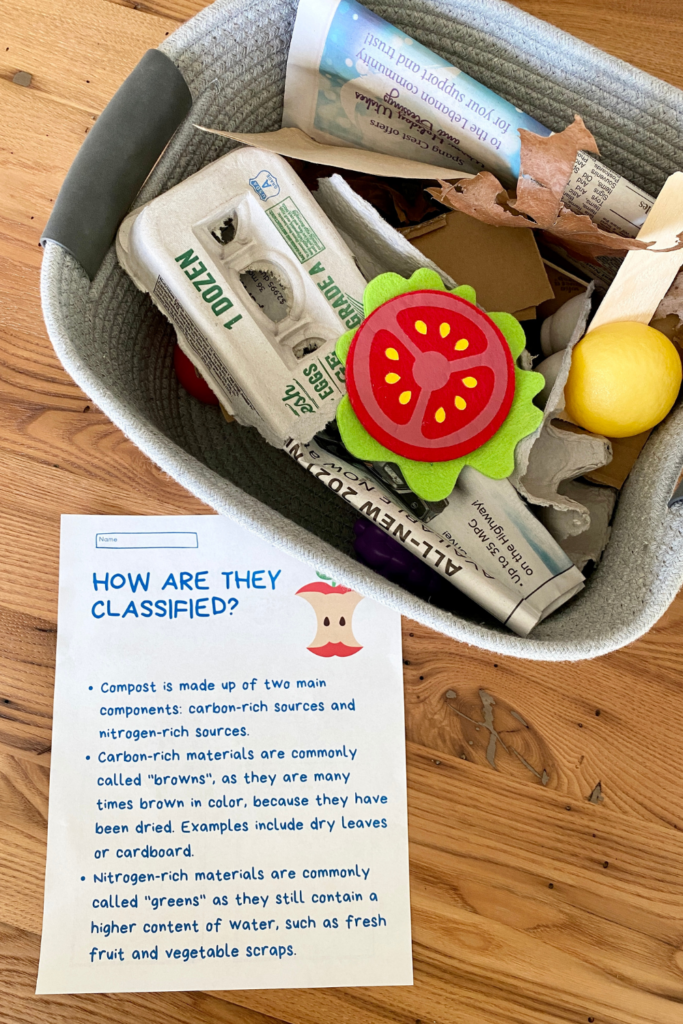
The Chemistry of Composting
What’s the big deal about composting? Why do environmentalists, farmers, and gardeners light up at the sound of it?
The chemistry behind composting is some pretty amazing science. Simply stated, composting is nature’s recycling system. And nature’s recycling campaign wasn’t funded by big corporations, so you know it’s legit. Teaching kids about composting is a fantastic way to incorporate chemistry and environmental science into one lesson.
The Composting Basics
Compost is made up of two main components: carbon rich sources and nitrogen rich sources. In the presence of oxygen and water, these materials break down, or decompose, to create nutrient rich soil.
Carbon rich materials are commonly called “browns” as they are many times brown in color because they have been dried. Examples include dry leaves, cardboard, brown paper bags or newspaper.
Nitrogen rich materials are commonly called “greens” as they still contain a higher content of water. Examples include fresh fruit and vegetable scraps, used coffee grounds and fresh grass clippings.
So what would a paper egg carton be classified as?
In terms of composting, a paper egg carton is a brown, because it’s a great source of carbon!
How Does Backyard Composting Work?
Backyard composting is a process of breaking down organic waste materials, such as food scraps and yard waste, into a nutrient-rich soil amendment. Here’s how it works:
• Gathering materials: Collect organic waste materials, such as fruit and vegetable scraps, coffee grounds, eggshells, yard clippings, and leaves. Avoid putting meat, dairy, and oil in your compost pile.
• Building the compost pile: Layer the organic materials in a designated area in your backyard, alternating between brown materials (leaves, twigs, etc.) and green materials (kitchen scraps, grass clippings, etc.). Make sure to keep the pile moist, but not too wet.
• Aerating the pile: To help the compost break down, regularly turn the pile with a pitchfork to mix the materials and add air.
• Decomposition: Microorganisms in the compost pile, including bacteria and fungi, break down the organic material into a nutrient-rich soil amendment. This process can take several months to a year, depending on the size and composition of the pile.
• Harvesting the compost: Once the material has broken down into a rich, dark soil-like substance, it’s ready to use in your garden.
By composting at home, you can reduce the amount of waste sent to landfills, which decreases the amount of greenhouse gases that are emitted from anaerobic decomposition. Additionally, composting creates a valuable soil amendment for your garden.
What’s in the Bin? A Science Activity for Kids
Do you want a simple activity to help teach your kids the difference between the browns and greens of composting? Written in both English and Spanish, this short science activity is a great way to introduce your learners to the variety of things that can be put into the compost bin. Special thanks to María Dabrowski @gogreenfortheocean for translating this activity into Spanish.
And don’t worry, I’ve included an answer key in both English and Spanish, too.


The Greens and Browns of Composting Video Tutorial
You can extend the learning of this composting science lesson by creating a hands on sorting activity with a few items you have at home.
Dig Deeper into the Chemistry of Composting
Now that we know the difference between greens and browns, we can dig a little deeper into the chemistry on how the decomposition of plants works and why it’s vital to soil health. We will discuss how nitrogen, a vital element to plant growth, is made accessible to vegetation in 2 simple steps:
- When plants decompose, they create ammonia (NH3).
- Ammonia is converted into nitrate ions (NO3+) by reacting with oxygen in a 2 step process.
Nitrate is the form of nitrogen that plants must have to survive and thrive! Here’s what the chemical equations look like:


Composting and Climate Change
Not only is composting good for the soil and our food supply, it’s also an important way to mitigate the production of the greenhouse gas, methane.
Let’s use an apple as an example.
When an apple is composted, it decomposes in the presence of oxygen and oxygen breathing (aerobic) bacteria and creates nutrients (nitrates and phosphates), carbon dioxide and water.
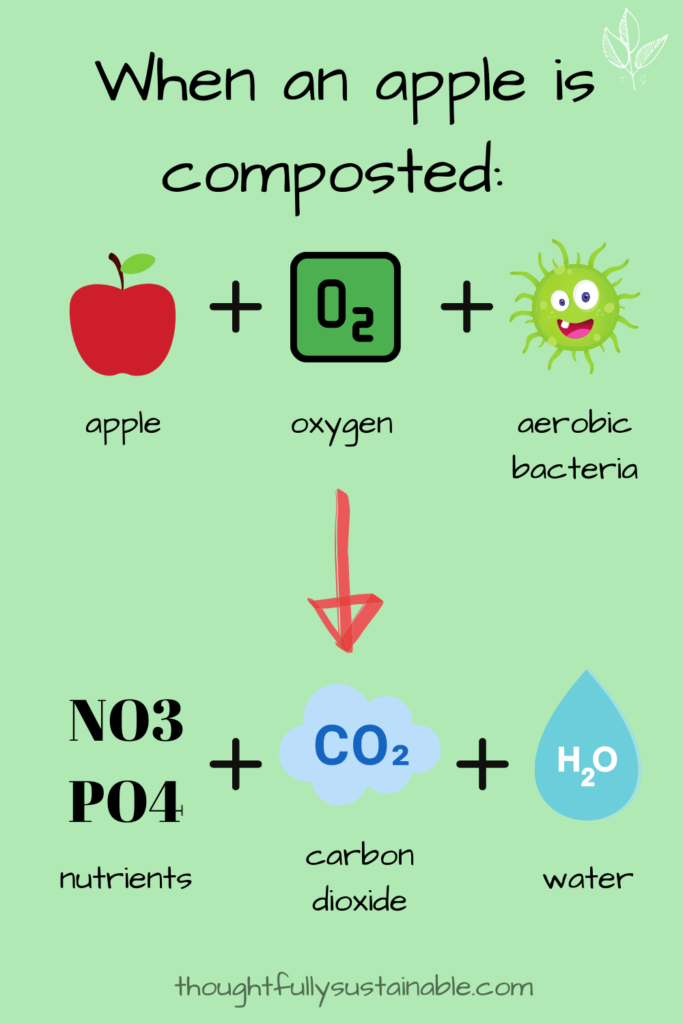

When an apple is thrown in the trash and sent to a landfill, it decomposes in the absence of oxygen by non-oxygen breathing (anaerobic) bacteria in a multi-step process that creates carbon dioxide and methane.
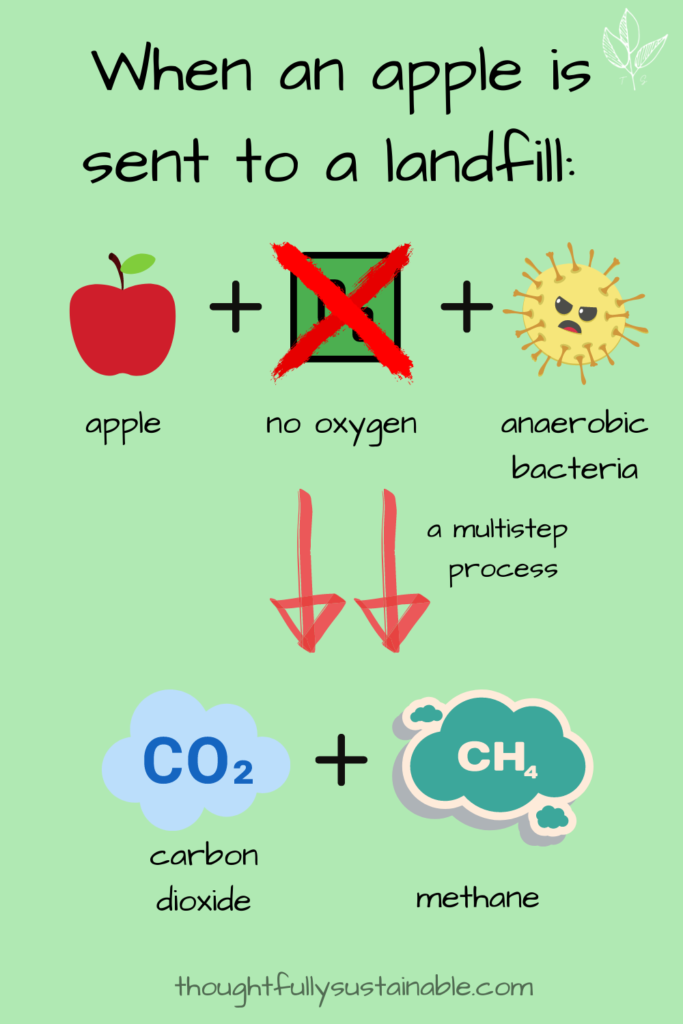

Methane is a gas that has a Global Warming Potential (GWP) that is ~25 times greater than carbon dioxide. That means that methane is ~25 times better at trapping heat in our atmosphere than carbon dioxide.
So, by composting our food scraps, we:
- Mitigate the production of methane gas in a landfill
- Build nutrient dense soil which sequesters carbon from the atmosphere
- Create healthy soil for plants to thrive, increasing food production rates to tackle global hunger
By composting and taking action to replenish essential elements like nitrogen in the soil through natural processes, we begin to address the issues of soil erosion, the climate crisis, and food apartheid, all of which are excellent topics to introduce to the young learners in our lives!
Resources To Learn More
I sat down (virtually) with my friend Jen, founder of Honestly Modern, to talk through the science of composting. As you’ll quickly discover, we are proud composting nerds.
You can watch it here:
Jen has a fantastic series on her blog titled, “You Can Make Dirt” that interviews people that compost in a variety of ways, from curbside pick-up services to backyard systems. To access this treasure trove of all things compostable, click here.
Composting Bingo
Want a fun activity to try with learners of any age to help them better understand all the things you can compost? (Hint: It’s way more than just food.) Try this simple, fun, and FREE Compost BINGO game.
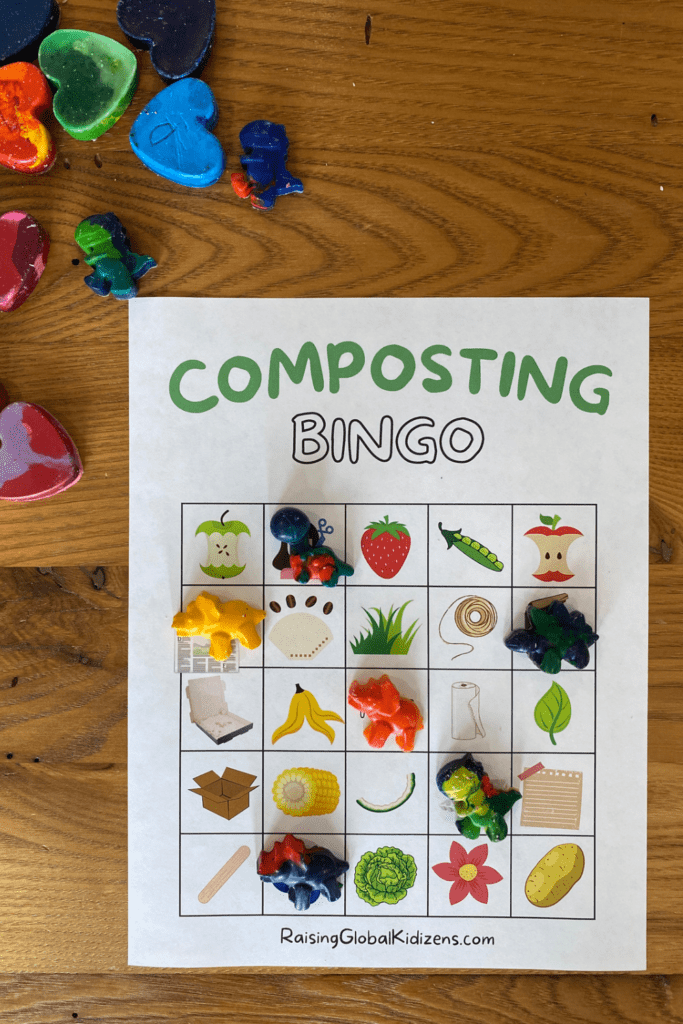

Free Composting Color Page for Kids
Are you searching for an additional educational activity that can help kids better understand the basic concepts of composting? Download a free composting coloring page to teach them about materials that can be composted!
If you’ve found this information helpful, I’d be honored if you’d Pin It to your Pinterest boards, share it on Instagram or Facebook, or pass it along to any educators in your life! As always, if you have any questions, feel free to drop them in the comments below or contact me via email. I’m always happy to help!

